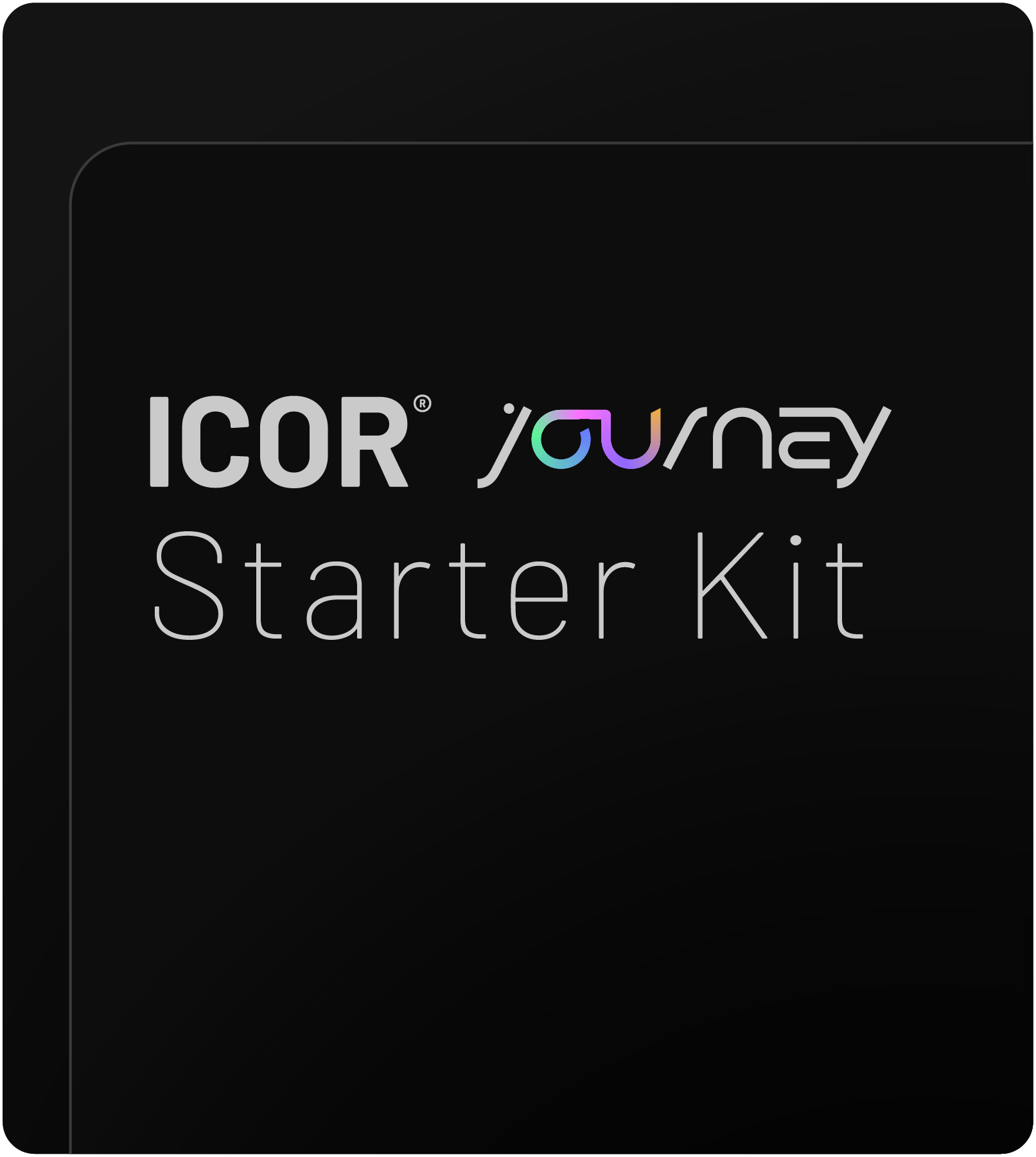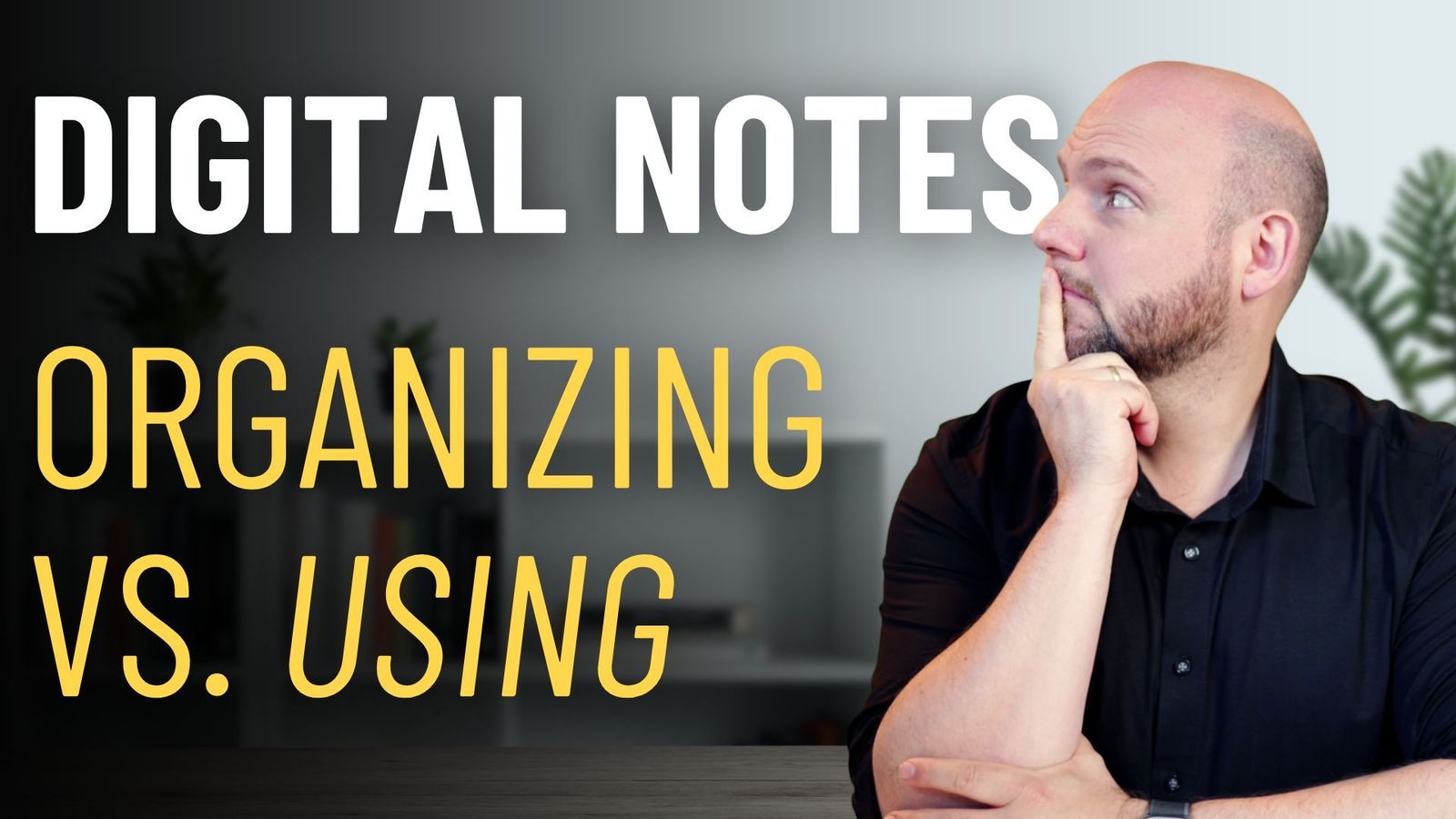When your knowledge system feels chaotic—despite using trusted frameworks and organizing tools—the problem often isn’t the tools or workflows. It’s a misunderstanding that affects nearly every knowledge worker: the difference between managing Personal Knowledge versus Business Knowledge. Mixing the two in the same space is what quietly breaks your system over time.
The Hidden Cost of Blending PKM and BKM
Busy Professionals are constantly capturing ideas, notes, feedback, and decisions. But where that information goes—and how it’s used—makes or breaks their productivity. According to McKinsey, organizations that improve internal collaboration with the right knowledge systems can boost productivity by up to 25%. But that only happens when there’s a clear line between Personal Knowledge Management (PKM) and Business Knowledge Management (BKM).
Without this distinction, knowledge gets lost. Team members can’t find what they need. You waste time trying to remember where something was saved. And worse—your personal learning is cluttered with irrelevant team details, making it harder to think clearly.
What PKM and BKM Really Mean
PKM is your personal system. It’s where your thinking happens. You use it to capture ideas, reflect on learning, and develop your own insights. This is powered by the MY LIFE framework, which includes your Current Projects, Key Elements, and three Topics. It filters through The Capturing Beast, ensuring every note you keep aligns with your personal development.
BKM, on the other hand, is the shared system. This is where your team collaborates on documents, shares decisions, and stores knowledge that everyone needs access to. It’s not about your individual learning—it’s about making sure the right people can find the right information at the right time.
Why This Distinction Changes Everything
Once you draw a hard line between PKM and BKM, three powerful things happen:
- You protect your thinking space. No more meeting notes and team discussions cluttering your personal system. Your PKM remains focused on your ideas and growth.
- Your team becomes self-sufficient. Everyone can access critical knowledge without needing to dig through someone’s personal notes or send repeated Slack messages.
- You decide instantly where information belongs. Insight about leadership? PKM. Client request during a meeting? BKM.
And the real strength? These two systems aren’t isolated—they work together. When personal insights can help the team, you move them from PKM to BKM. When team knowledge sparks personal growth, you capture it back in your PKM system.
Build Systems That Reflect This Structure
To make this work, you need to set up separate, dedicated spaces—and keep them separate. Here’s how to start:
- Audit your existing notes. Ask yourself: “Is this personal learning or team knowledge?”
- Choose dedicated tools. Use one app for PKM (e.g., Obsidian, Notion) and another for BKM (e.g., Confluence, Google Docs). The tools are flexible. The separation is not.
- Add a filter to your capture process. After checking if a note fits your Current Projects, Key Elements, or Topics, ask: “Does my team need this, or is this just for me?”
- Create a clear sharing workflow. When something from your personal system should be shared, move it intentionally to your team’s shared space.
- Protect both systems. Avoid letting team documents creep into your PKM, and don’t trap business-critical insights in your private notes.
This clear division enables both systems to function without interfering with each other, allowing your personal growth and team productivity to flourish simultaneously.
The ICOR® Framework: Your Blueprint for Balance
The ICOR® Framework provides the visual blueprint for how this works. PKM and BKM are two distinct but connected parts of your productivity system. When you align your tools and workflows with this model, every piece of information has a clear home—and your system starts working for you, not against you.
We recommend starting with the free ICOR® Journey Starter Kit, which includes a 120-page PDF Playbook, a companion online course, and growth assignments that walk you through setting up both systems the right way.
If you’re ready to build your productivity system from the ground up—one that separates PKM and BKM, and integrates Task and Project Management—we invite you to join the Paperless Movement® Membership. Inside, you’ll get access to in-depth courses covering Note-Taking, Personal Knowledge Management, Task Management, and Business Knowledge Management.
Stop mixing personal and business knowledge. Structure your system for clarity. And start working with confidence—knowing exactly where every idea, note, and decision belongs.




